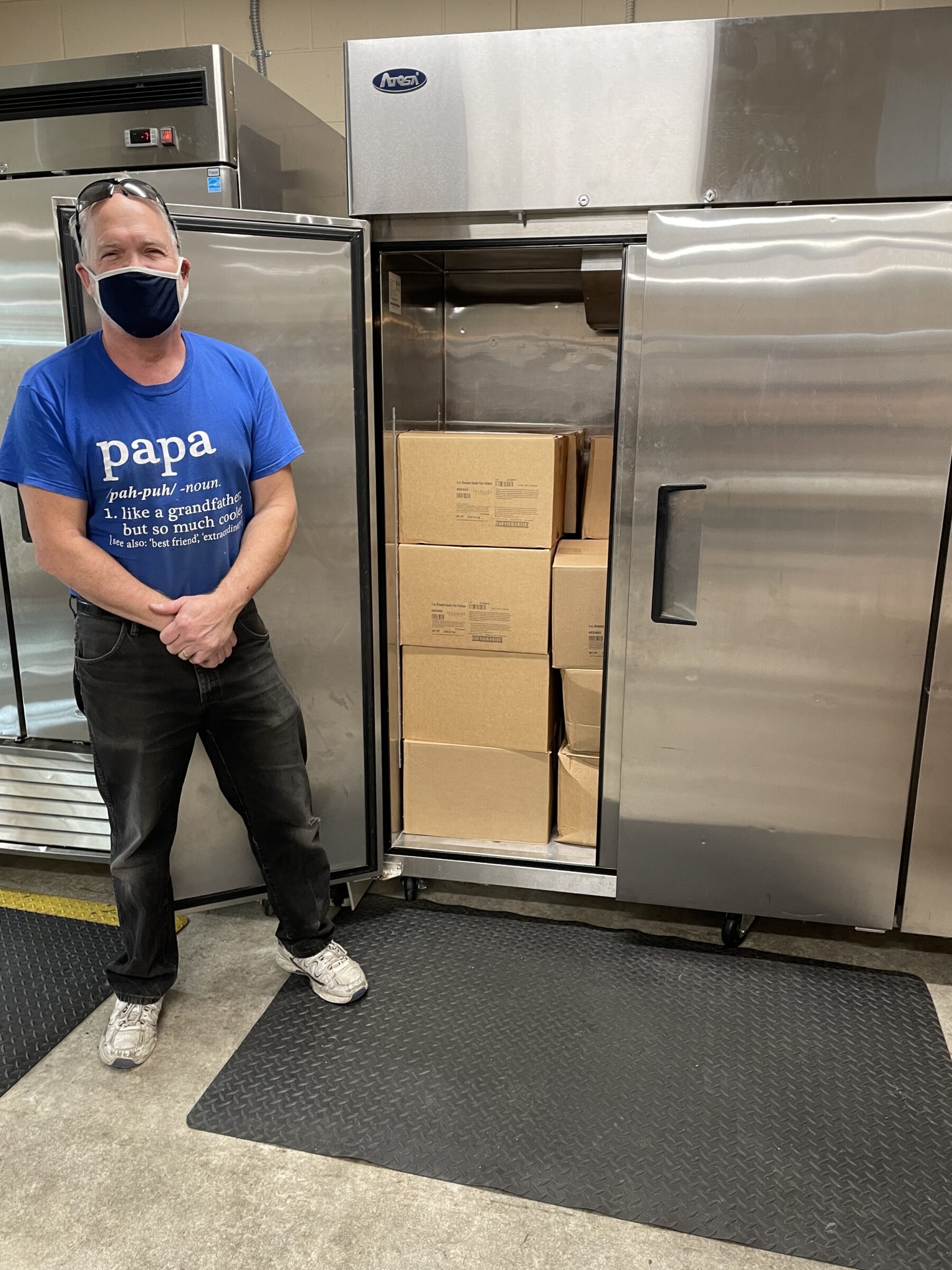No Time to Apply the Brakes
The pandemic panic may be easing as more Americans get vaccinated and mask mandates start to go away, but this doesn’t mean there are fewer hungry people. Feeding America projects that 42 million people (1 in 8), including 13 million children (1 in 6) may experience food insecurity this year. Those who have been most impacted by the pandemic were food insecure or at risk of food insecurity before COVID-19 and are facing greater hardship since the pandemic began.
SeaShare has stepped up the amount of seafood we are sending to food banks and feeding centers across the country. Since the start of the pandemic, we have distributed 30 additional truckloads of seafood to our normal volumes. We couldn’t have done this without the help of generous donors who came to our aid in 2020, including the S.L. Gimbel Foundation Fund, JW Couch Charitable Foundation, ReFED, and others. Their generosity, combined with donations all along the seafood supply chain (transportation, cold storage, and processing), continues to allow us to maximize seafood donations to as many food banks as possible.
Prior to the pandemic, food insecurity rates had dropped to their lowest in more than 20 years. However, it could take a decade to get back to those 2019 food insecurity levels. SeaShare is committed, with the help of many generous partners, to ensuring food bank clients have access to the most nutrient-dense protein available: seafood. If you have resources that could help us repeat last year’s distribution of 8 million meals, contact us today!
